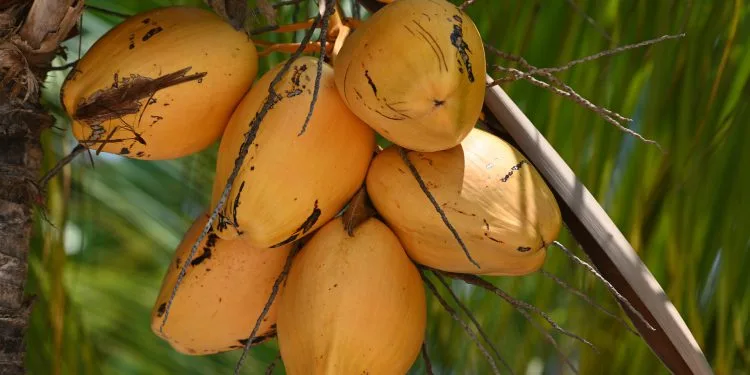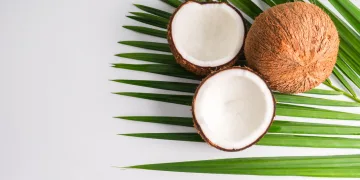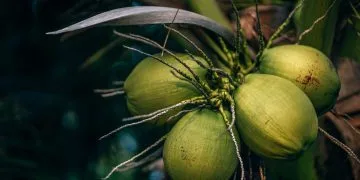Coconut milk is the thick, creamy liquid that may be obtained by grinding up ripe coconut flesh. Coconut milk curdle in slow cooker. This is an easy way to make coconut milk curdle with just a few ingredients you probably already have in your kitchen cabinet. Even though it seems obvious, some individuals mistake the fluid squirting about within a coconut for coconut milk. Coconut water, although a tasty byproduct of coconut, is not the same thing as coconut milk.
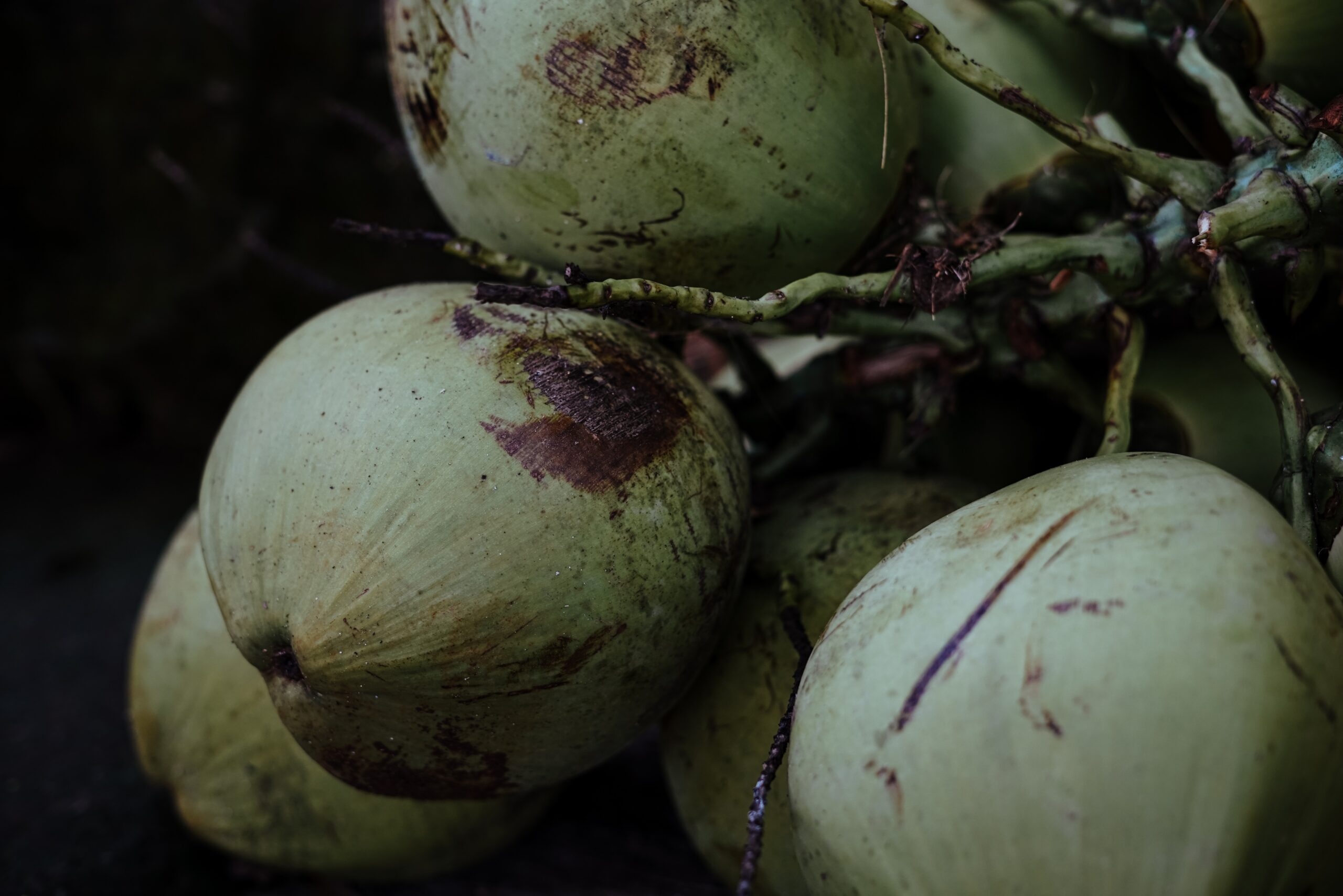
In addition, I have had no trouble cooking curry with coconut milk in a casserole pot for as long as two or three hours. The oil that rises to the surface after cooking may be skimmed off or added back to the sauce. When I do it that way, I never have the milk solids issue that often occurs when using a slow cooker. Here I should add mention that I never use anything except high-quality coconut milk. I can easily foresee issues due to the chemicals included in cheap coconut milk. This is why you should visit my article on using coconut milk in the kitchen right now if you haven’t already.
A common piece of advice I’ve picked up about cooking with coconut milk is that it may easily curdle if not stirred often. When using coconut milk in a recipe, I’ve always followed conventional knowledge and never questioned it. A reader of Thai Table recently requested me to explain the phenomenon of curdled coconut milk in her home. That’s why I vowed to inquire as to the cause and report back to her. Then I went to my scientist sister for help, and she recommended some reading.
Coconut oil, protein, and water make up the bulk of raw coconut milk. In its unprocessed, room temperature (think tropical island) form, the protein functions as an emulsifier to maintain the uniform appearance of coconut milk. An emulsifier is used to combine the oil with milk’s protein. The protein in coconut milk undergoes denaturation, a change in form, and the capacity to react with water and oil when heated. The protein shrinks into a compact chain and lets out oil and water. These curds or white flecks are really constricted protein chains. If the curds aren’t constantly being churned, they will form large clumps.
As the mixture is stirred, the oil, protein, and water are emulsified and held together. When coconut milk warms up, the curds still develop, but they are smaller and difficult to notice. Curds made from coconut milk alter appearance but not flavor or consistency. Coconut milk curds may be easily blended back in by just swirling the milk.
I don’t remember when coconut milk started appearing in abundance on my digital bookmark bar, where I save recipes I wish to prepare. The titles are updated weekly, and I use them for mapping out my menus and shopping trips for the week. And it seems like every week, I end up buying a can or two of coconut milk, not just for curries and soups but also to use in dishes with a more global focus, such as Hetty McKinnon’s Turmeric and Coconut-Braised Cabbage With Chickpeas, Kay Chun’s Coconut-Miso Salmon Curry, or Sara Deseran’s Coconut Horchata.
It seems that I’m not the only one stocking up on cases of soda: Consumer interest in “strange” tastes like those used in Asian cuisine, including coconut, and the rise in lactose and dairy allergy diagnoses are all factors contributing to the meteoric rise in coconut milk sales in North America, say experts. (Ignore the fact that coconut milk is popular across the Americas, the Caribbean, and East and West Africa, as well as South and Southeast Asia. To generalize, though, is what forecasters do best.
I was curious about this supposedly unusual ingredient because I knew sales of coconut milk would rise, and more recipes calling for it would appear in my bookmarks. What exactly is coconut milk? I don’t understand the origin. What’s the difference between regular coconut milk, light coconut milk, coconut cream, and cream of coconut, and could someone kindly explain it to me? Because I had so many questions, I decided to find the answers.
What steps are involved in making coconut milk?
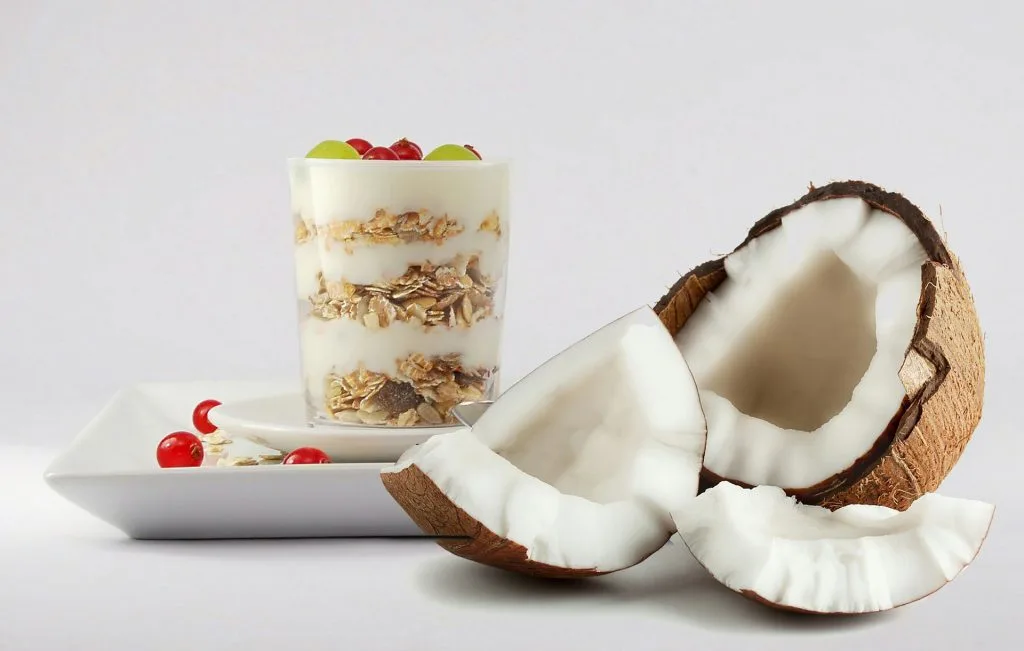
The extraction method is simple: In order to “milk” a coconut, you must first crack it open, scrape the white flesh with a sharp instrument into little pieces, then soak the pieces in hot water to soften them. Manual labor is an option here. Chef and cookbook author Pailin Chongchitnant of Thailand has a nice video online demonstrating the traditional extraction method of scraping ingredients off a bench using a tool called a “rabbit.” Industrial processes now use the very same methodology but on a massive scale.
Fresh, “raw” coconut milk is possible to come by in regions where coconut trees are abundant. In contrast, most coconut milk sold in stores has been treated and refined before being packaged for export. That may require adding stabilizers or sweeteners (more on that in a minute) and, if the milk is being canned, homogenization and heat treatment. Ultra-high temperature processing is used if the product is destined for a carton.
What’s in a can of coconut milk?
Without initially shaking a can of coconut milk, you could find a variety of coconut solids and liquids within. “Within a single can, you may have two or three separate layers of coconut,” explains Cheetie Kumar, chef, and proprietor of Garland, an Indian, Asian, and Southern restaurant in Raleigh, North Carolina. In most cases, the top layer of coconut milk in a can will be a semisolid, creamy white mass, while the layer underneath it will be thinner and more liquid.
Coconut cream, the fattiest and most tasty portion of coconut milk, float to the top like the cream in fresh cow’s milk. (To recombine the components, shake it like a vinaigrette.) If you were to simmer coconut cream slowly, so all the water evaporates, you’d finish up with coconut oil.
However, there aren’t usually clear boundaries between the several levels. Some brands employ additional stabilizers and emulsifiers to avoid separation, and most recipes don’t discriminate between using coconut cream and coconut milk, which brings us to our second concern regarding the often ambiguous terminology used on coconut milk packaging.
Conclusion
Coconut consists mostly of the watery portion after the creamy fat has been removed. If you want to give your food a strong coconut taste, this is not the best option. Chongchitnant warns, “Never purchase light coconut milk for anything. I don’t care if you’re on a diet!” when referring to diets. All the good stuff in coconut milk is in the fat, so you may as well dilute it with water. It follows that if fat is removed, the taste is also lost. Although there is a little sweetness to coconut milk on its own, it is preferable to get it unsweetened. You can always add more sugar if you like your desserts and drinks on the sweet side, but you can’t remove sugar from anything after it’s been added.
